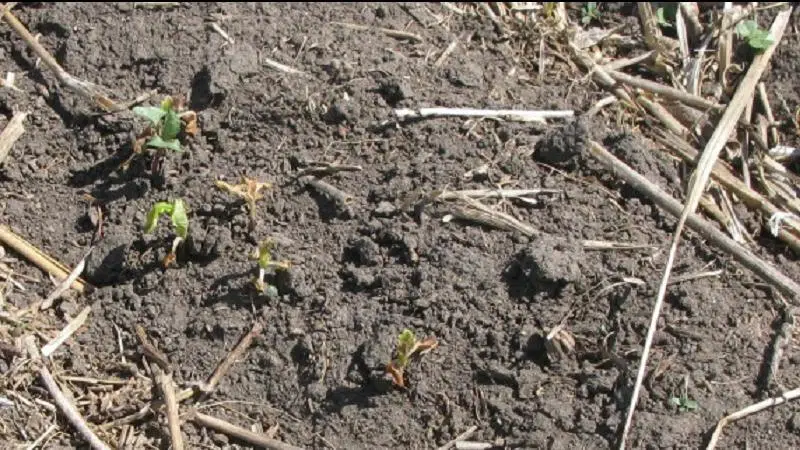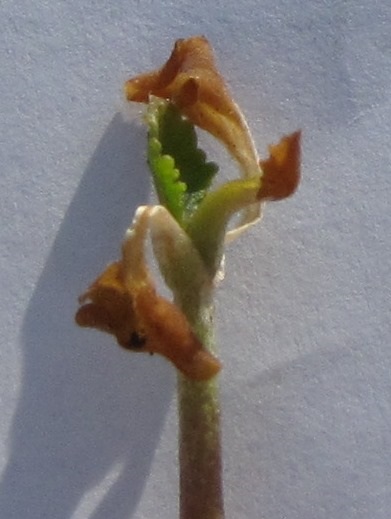
Assessing frost damage
If you were in an area that had frost recently, you may need to scout your fields to assess any damage.
That’s because the extent of crop damage caused by frost depends on the crop, temperature, length of exposure time, humidity levels and how long the crop takes to reach freezing temperature.
Ministry of Agriculture Crops Extension Specialist Kim Stonehouse said newly emerged canola at the cotyledon stage can be very susceptible to spring frosts.



